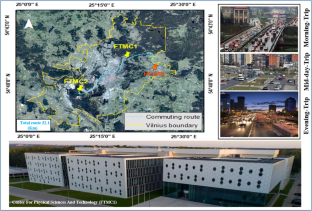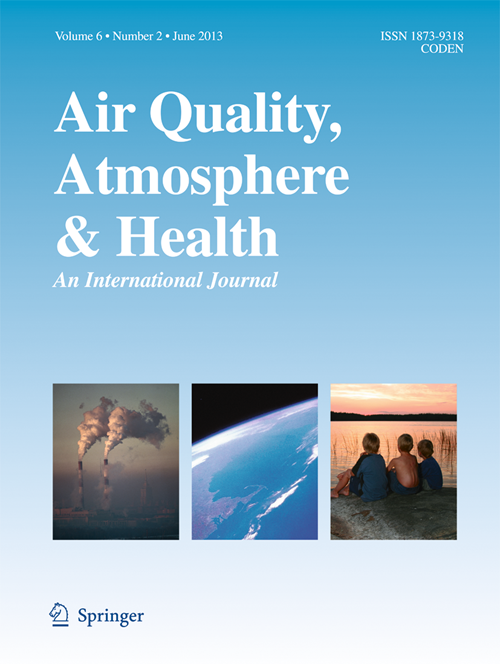Integrated personal exposure and deposition of black carbon on human lungs
Abstract
The particle number concentration (PNC), particulate matter (PM1) and black carbon (BC) mass concentration limits are not available from standard air quality monitoring networks as well as for indoor level standards in many countries. Total personal exposure is often disproportionately affected by the relatively short amount of time spent in office spaces and commuting trips. In this study, real-time measurements of PNC, PM1, and BC mass concentrations in the office and during commuting trips were performed to assess real-time employee personal exposure. Urban environments are very complex due to the different emission sources and their emission activities; therefore, a combination of mobile and stationary measurements allows for a better understanding of their dynamics and employee exposure, constituting a better predictor of health effects. Mobile measurements at the street level showed that the BC mass concentrations were the highest during peak hours, reaching up to 7.14 µg/m3 at hotspots. The hourly mean BC mass concentration in March 2022 at the urban background station ranged from 0.30 to 9.01 µg/m3, with traffic-related BC (BCtr) accounting for 66% of the total BC mass concentration. The highest minute deposition dose of BC (MDDBC) occurred during the morning rush hour at 53 ng/min and in the evening at 26 ng/min. These findings reveal the impact of traffic exhaust emissions on aerosol particles, particularly on fine particles. Marked differences were found between the MDDBC in the office and the vehicle micro-environment. The deposition dose in the office micro-environment was 11 ng/min. The results from the multi-path particle dosimetry model indicate that almost half of the inhaled BC mass 39.2% was deposited in the lowest part of the respiratory system, the lung-pulmonary region.


 求助内容:
求助内容: 应助结果提醒方式:
应助结果提醒方式:


